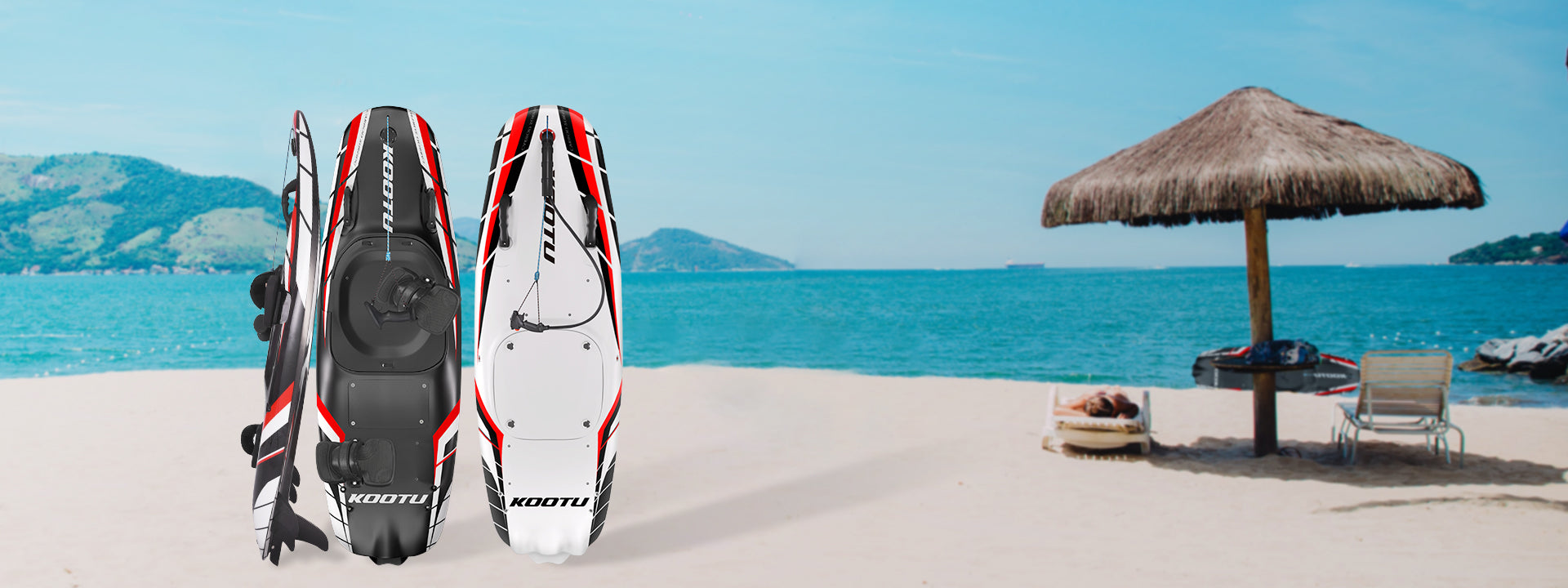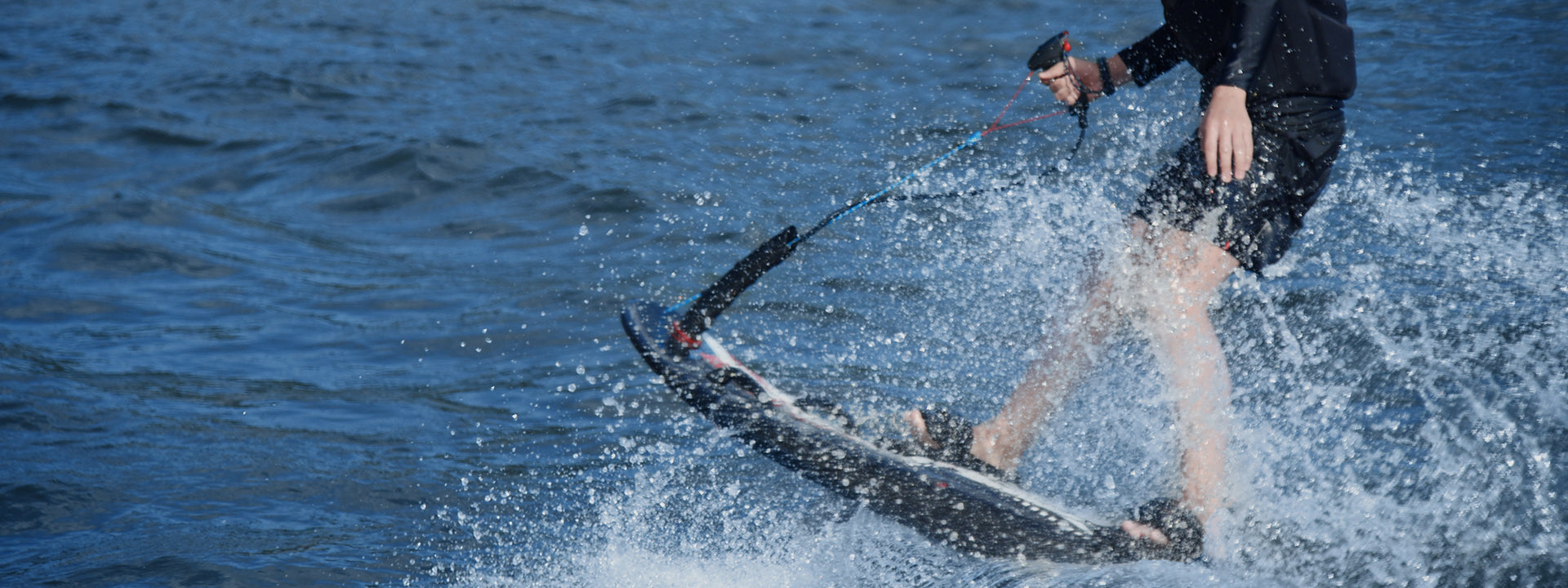FIver Major Dangers Every Cyclist Needs to Be Aware Of
Cycling is a great way to stay fit, reduce your carbon footprint, and explore the world on two wheels. However, like any form of exercise, cycling has its risks. Whether you're a beginner or an experienced rider, it’s crucial to be aware of potential dangers to ensure a safe and enjoyable ride. In this article, we’ll cover the five major dangers every cyclist should be mindful of.

1.Cyclist Fatigue
Long rides or inadequate rest can lead to fatigue, increasing the risk of accidents. When you’re tired, your reaction time slows, and your ability to focus diminishes.
To avoid fatigue:
Make sure to stay hydrated and fueled during rides.
Take regular breaks, especially on long rides.
Get a good night’s sleep before long cycling sessions.
Listen to your body—if you feel too tired, it's better to stop and rest.
Make sure to stay hydrated and fueled during rides.
Take regular breaks, especially on long rides.
Get a good night’s sleep before long cycling sessions.
Listen to your body—if you feel too tired, it's better to stop and rest.

2. Motor Vehicle Traffic
One of the biggest threats to cyclists is sharing the road with motor vehicles. Cars, trucks, and buses pose significant risks, especially in urban areas where traffic is dense. Drivers may not always notice cyclists, making intersections, turns, and lane changes hazardous.
One of the biggest threats to cyclists is sharing the road with motor vehicles. Cars, trucks, and buses pose significant risks, especially in urban areas where traffic is dense. Drivers may not always notice cyclists, making intersections, turns, and lane changes hazardous.
To reduce the risk:
Always ride with traffic, not against it.
Use bike lanes when available.
Make eye contact with drivers at intersections.
Wear reflective clothing and use lights, especially at night.
Always ride with traffic, not against it.
Use bike lanes when available.
Make eye contact with drivers at intersections.
Wear reflective clothing and use lights, especially at night.

3. Poor Road Conditions
Potholes, debris, and uneven road surfaces can cause sudden falls or damage to your bike. Rural roads or city streets undergoing construction often present unexpected challenges.
Potholes, debris, and uneven road surfaces can cause sudden falls or damage to your bike. Rural roads or city streets undergoing construction often present unexpected challenges.
It's important to:
Stay vigilant and scan the road ahead.
Slow down in unfamiliar areas.
Equip your bike with wider tires for better stability if you're riding off-road.
Check weather forecasts as wet roads can be extra slippery.
Stay vigilant and scan the road ahead.
Slow down in unfamiliar areas.
Equip your bike with wider tires for better stability if you're riding off-road.
Check weather forecasts as wet roads can be extra slippery.

4. Weather Conditions
Riding in harsh weather conditions like rain, snow, or strong winds can make cycling dangerous. Wet roads reduce tire traction, while wind gusts can make it difficult to maintain control.
Riding in harsh weather conditions like rain, snow, or strong winds can make cycling dangerous. Wet roads reduce tire traction, while wind gusts can make it difficult to maintain control.
To stay safe:
Avoid cycling in severe weather whenever possible.
Wear appropriate gear, such as waterproof clothing and gloves.
Use mudguards to reduce splashing and prevent accidents caused by water buildup.
Lower your speed and increase your stopping distance when it's wet or icy.
Avoid cycling in severe weather whenever possible.
Wear appropriate gear, such as waterproof clothing and gloves.
Use mudguards to reduce splashing and prevent accidents caused by water buildup.
Lower your speed and increase your stopping distance when it's wet or icy.

5. Lack of Visibility
Cyclists are less visible to drivers, especially in low-light conditions, during dawn or dusk, or in bad weather. Increasing your visibility can significantly reduce the chance of accidents.
Cyclists are less visible to drivers, especially in low-light conditions, during dawn or dusk, or in bad weather. Increasing your visibility can significantly reduce the chance of accidents.
Here’s how to stay seen:
Wear bright, reflective clothing.
Install lights on the front and back of your bike.
Use hand signals clearly and well in advance of turns.
Ride in well-lit areas when possible.
Wear bright, reflective clothing.
Install lights on the front and back of your bike.
Use hand signals clearly and well in advance of turns.
Ride in well-lit areas when possible.
Conclusion
Cycling can be a safe and enjoyable activity, but it’s essential to remain cautious and aware of the potential dangers. By preparing for traffic, road conditions, weather, and fatigue, you can reduce your risks and ride with confidence. Stay visible, stay alert, and most importantly—enjoy the ride!
Cycling can be a safe and enjoyable activity, but it’s essential to remain cautious and aware of the potential dangers. By preparing for traffic, road conditions, weather, and fatigue, you can reduce your risks and ride with confidence. Stay visible, stay alert, and most importantly—enjoy the ride!













